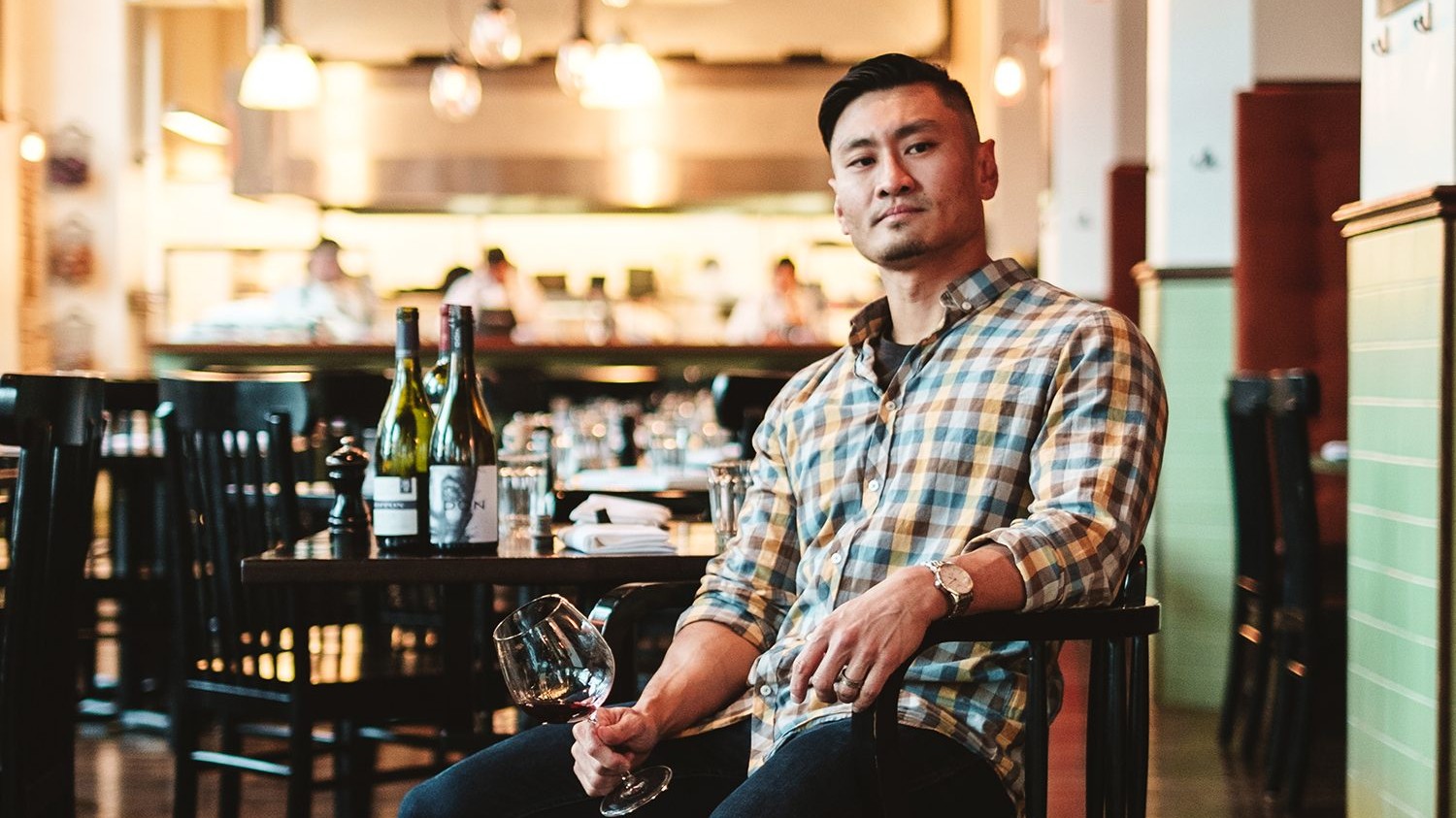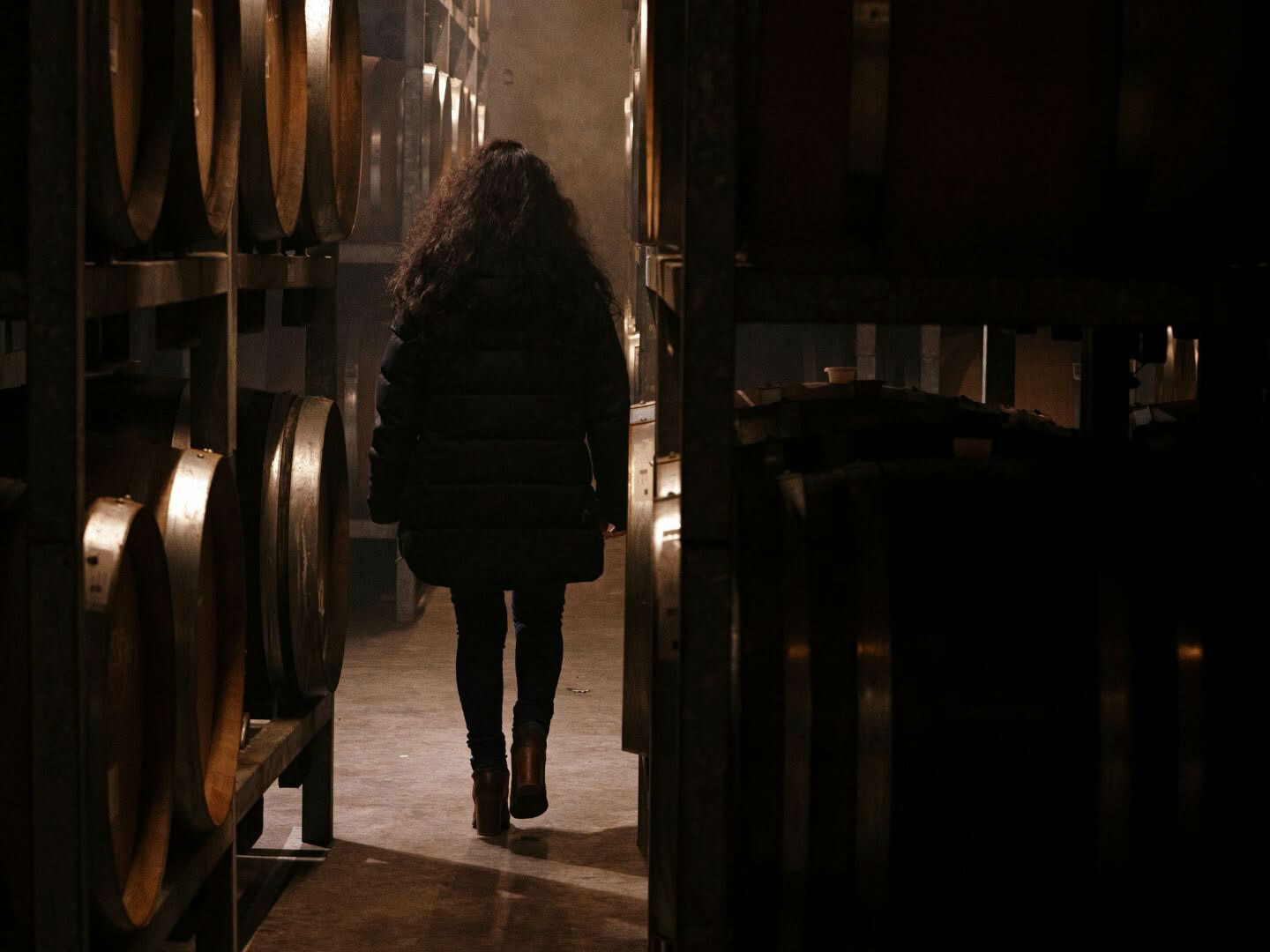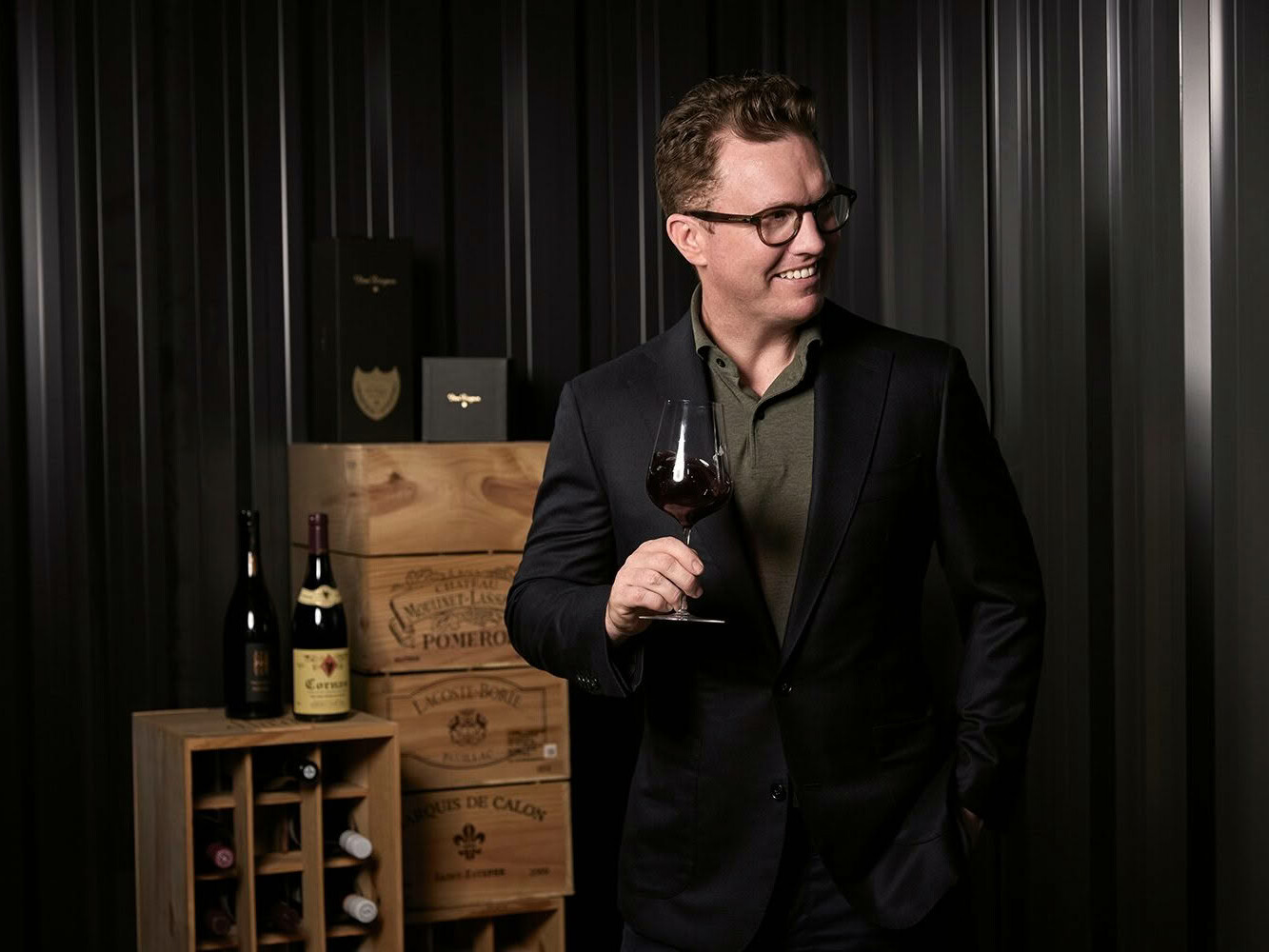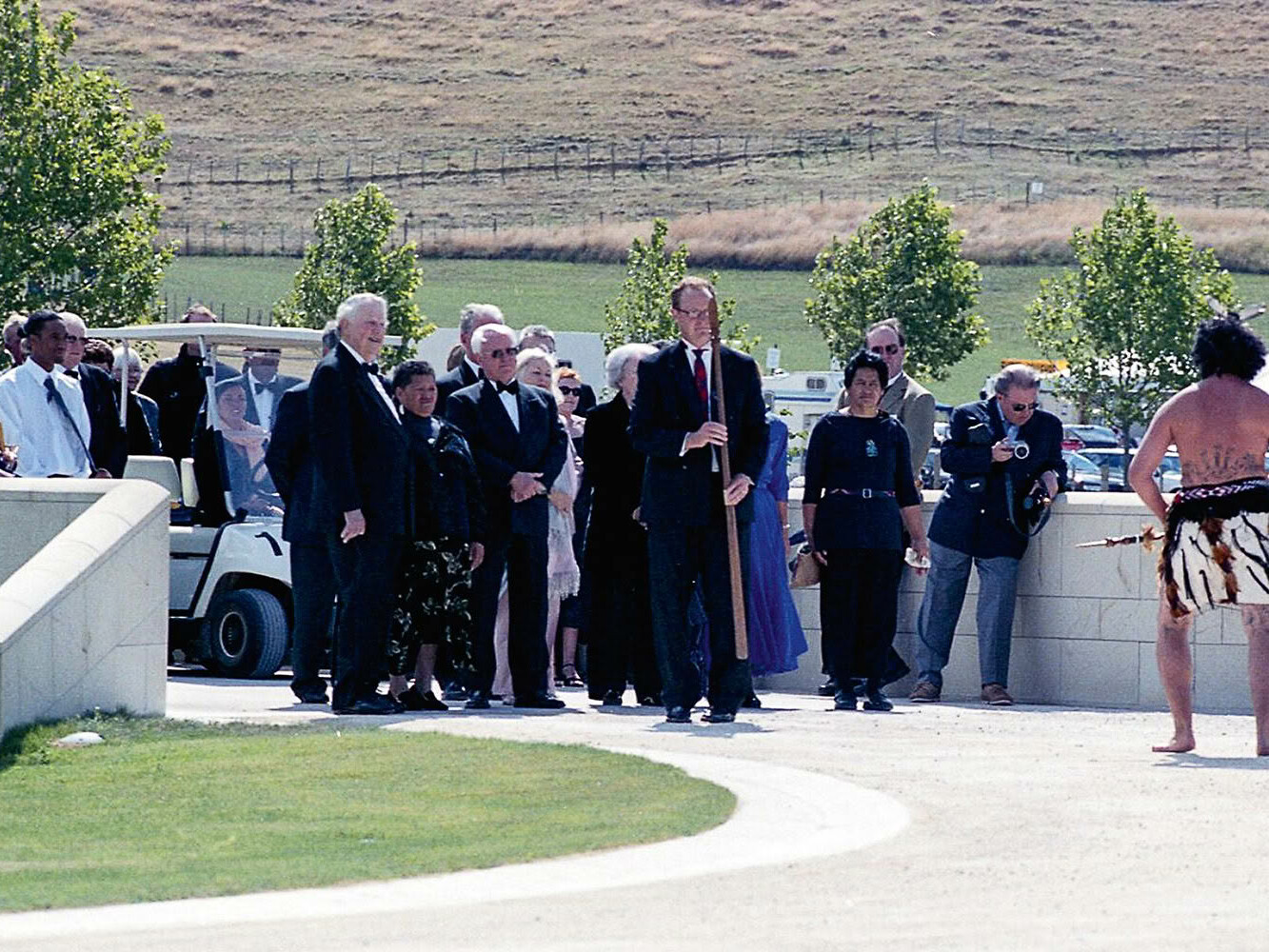The Cuisine Good Food Awards are a time of great celebration for the New Zealand hospitality industry. Among the skills and work recognised by the awards are the overall presentation and selection of the top restaurants’ drinks lists as well as awards for the best wine experience and the top sommeliers.
In one of my other roles, I have the privilege of studying and discussing large numbers of wine lists from top venues around the world as part of Star Wine List of the Year’s annual awards. This involves reading and reviewing 650 wine lists across the various panels. As usual, some were massive tomes, such as the International Grand Prix winner, Norway’s Park Hotel Vossevangen with its 460 landscape pages and over 7,000 references; or Robuchon au Dôme, Macau’s outrageously dense 640-pager of 17,800 plus listings – which did not make it to the International Final, proving that size isn’t everything.
There are several trends worth noting; some for their alignment with what we see here in New Zealand while others highlight just how conspicuously different the operating environment is abroad. Firstly, low- and no-alcohol wines are a bigger deal in regions such as the UK, Western Europe and developed markets in the USA where most wine lists make an effort to include options within the wine list. This is absolutely not the case here, possibly because we do not have the same access to very good examples of de-alcoholised wine. The strong performance of low- and no-alcohol beer certainly shows that the market exists here.
The majority of wine lists confidently speak the language of new wave and natural wine. Some did so exclusively, especially in Copenhagen, the UK, New York and dynamic Asian hubs such as Tokyo, Bangkok and Shanghai. Others incorporated these wines into their overall program in an integrated manner so they felt like they belonged. While some lists clearly make distinctions around new wave and natural, they come down to philosophical alignment and preference rather than novelty. It seems that in developed markets the existential ‘debate’ around natural wine is well and truly a historic footnote, yet here in New Zealand the topic regularly invites our industry to participate in theatrical wringing of hands.
Of particular note in northern Europe, the UK and Japan is the rise of local vinous pride with fantastic lists showcasing Japan’s wine regions, or the rapidly growing English and Welsh wine industry. Our local wine lists have long skewed heavily towards New Zealand wine, and many do so with only minor support from Australia and the usual roster of French classics. One of the biggest differences between us and good international lists lies in the breadth and depth of their collections. Verticals and mature vintages are de rigueur among top wine lists but only found in a handful of lists here in New Zealand.
It is worth pointing out that New Zealand wine lists are a product of our specific economic operating conditions; the cost of setting up a restaurant or bar – particularly ones with waterfront views or large seating numbers with expensive fit-outs – can be eye-watering. This requires very deep pockets often with the financial backing from a large hospitality group operator or through signing agreements with big suppliers or breweries who provide capital in exchange for big chunks of the beverage programme. From experience, this can be very limiting. These contracts and the dominance of large hospitality groups are often reasons why we see wine lists without sufficient breadth and character in busy venues that would otherwise support more diversity, depth and interest.
We also have the problems of spending and economic health. Kiwis are not traditionally big spenders in restaurants, saving the finer and more expensive experiences for rare special occasions. As a result, our wine programs are also usually smaller and tailored for turnover rather than building deep, valuable collections over a long period of time. When there are finer bottles available, they tend to be restricted to ‘cellar lists’ which lack structure or purpose other than being a list of more expensive wines. Most top-end wine in Aotearoa is opened and enjoyed at home rather than at a restaurant. This limits the scope and ambition of wine lists in New Zealand and forces operators to focus on the mid- and entry-level. We have a small population here and the vast majority of the country’s wealth lies in very few hands so there simply isn’t the broad public spending power or middle-class wealth to support the healthy and vibrant hospitality scenes seen in most major cities.
Lastly, the diversity and focus seen on top wine lists is encouraging. Although France does still hold centre-stage on many classic lists – especially deep (and unaffordable) collections of Burgundy, Bordeaux and Champagne – many lists deftly showcase other countries. Italy, Spain, Germany, Austria and Greece are very well-represented with some lists choosing to focus on them with deep exploration of their regional differences and autochthonous varieties. Both classic and new wave California is well-represented on many international lists while grocery labels such as Bogle dominate in New Zealand. South Africa is also drawing a lot of attention, particularly the wines from Swartland. On the other hand, big classic Australian reds seem to be falling out of favour on serious lists, yielding to pinot noir, chardonnay and new wave producers.
Of particular concern is the diminishing representation of New Zealand on serious international wine lists. A handful of our top producers sneak onto the odd list as do our iconoclastic natural wines, but there isn’t the much-vaunted dominance of Marlborough sauvignon blanc on which we used to rely. Even here in New Zealand, our diners are turning their eyes to other varieties and that should be a wake up call for our industry’s leaders.






